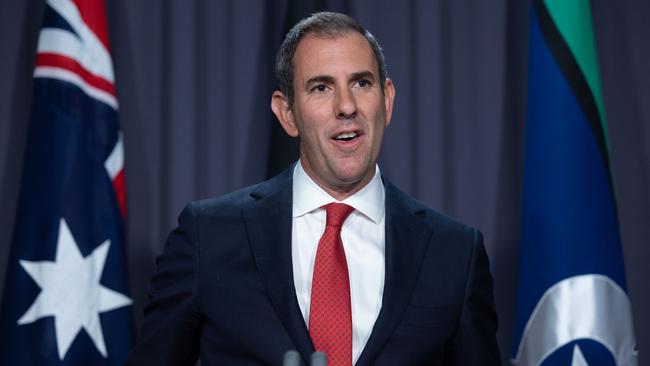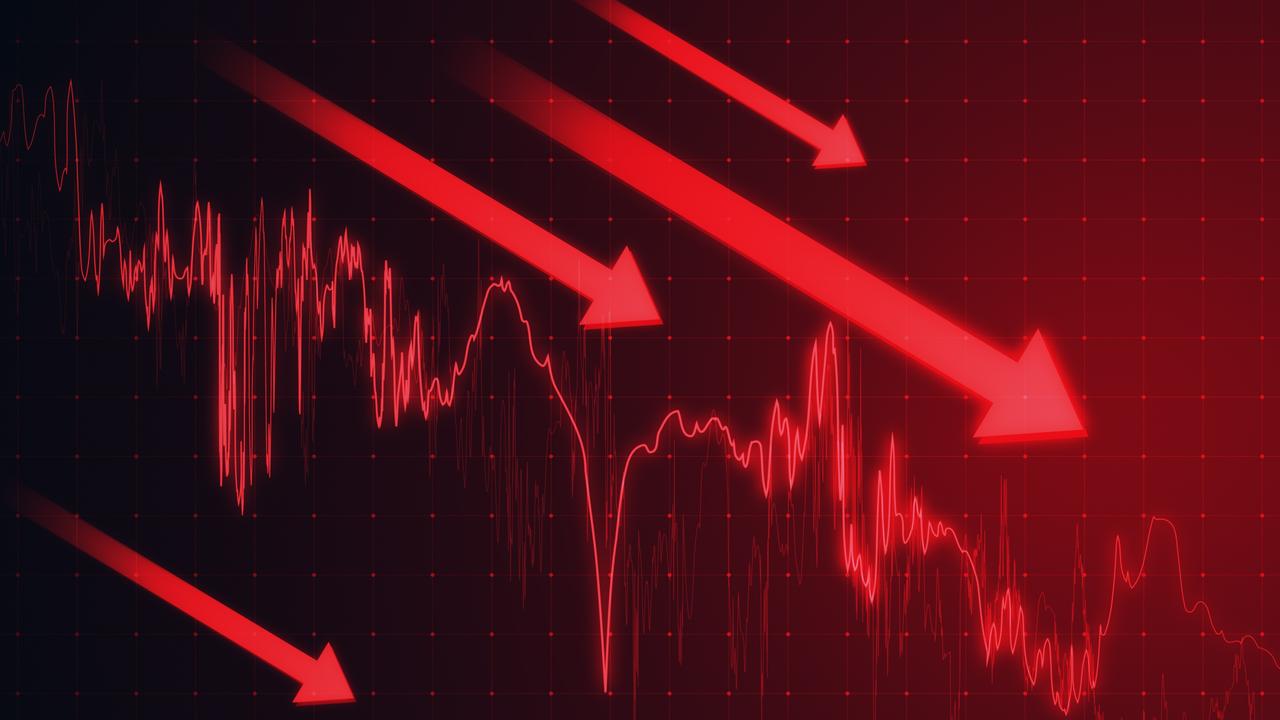
The extraordinary “double indexation” – which kicks in on July 1 – means the total amount that can be held in individual super accounts where the earnings are tax free will move up from $1.7m to $1.9m.
Such a significant jump in so-called super caps will create a headache for the government as special tax treatment inside super is already under attack and there is major pressure to cut back on tax breaks for wealthier investors.
The sheer pace of the inflation increase over 2022 has caught many investors and financial advisers by surprise. The tax-free super cap was introduced in 2016 and the original limit was $1.6m.
With virtually no inflation in the economy for several years, the cap stood still; it was only lifted once since the legislation was introduced.
Under the terms of super legislation, indexing can only move in preset amounts of $100,000 at a time. The trigger for the so-called double indexation was the December quarter’s bumper reading of an annualised 7.8 per cent which was the highest since 1990.
The exceptional level of inflation indexing has triggered rumours inside the financial advice industry that the government will not allow the change to happen. Some senior figures suggest the government could “freeze” the indexation.
Freezing super changes is politically easier than making structural changes to the system – and there is a precedent in recent history: The former Abbott Coalition government froze the escalation of the Super Guarantee Charge – the mandatory amount of pay that must be put in super – back in 2014.
Senior advisers are already recommending that investors do not make any major moves before the federal budget, set for May 9, which is the most likely time a decision to freeze the changes might be announced by the Albanese government.
At present, super is tax free up to $1.7m. Once that limit is passed tax must be paid on the extra income received.
However, under current rules, investors can keep as much money as they want inside the super system; the money below $1.7m is tax free, the money above $1.7m is taxed at the special super rate of 15 per cent.
The expansion of the dollar value of tax-free super will raise more opposition to existing concessions. There are already widespread calls to put a limit of $5m on the total amount anyone can have in the superannuation.
The majority of high-value super accounts are held by SMSFs, including the now infamous 11,000 accounts that have more than $5m. Under such a plan, wealthier super savers would be forced by law to remove excess amounts of cash from the super system.
There are also signs that the government will use a policy change which gives a new and narrower definition on the purpose of super, to tighten existing legislation.
For wealthier investors, especially those about to begin a retirement income stream, some advisers suggest clients hold out until after July 1 to get the full benefit of the double indexation.
Responding to the latest inflation reading, the Self Managed Super Funds Association told its members: “A strategy consideration for certain individuals may involve the deferral of pension commencements, or the deferral of non-concessional contributions, until the higher caps are effective from 1 July 2023.
“These clients should be on the lookout for any legislative change that may affect the effectiveness of these deferral strategies.”
With different access to caps depending on when investors retired, Peter Burgess of the SMSF Association renewed calls for a simplification of the system.
“If there’s one thing today’s blog highlights, it’s the seemingly unnecessary level of complexity that has been built into our superannuation system – with the potential to cause confusion, mistakes and inadvertent cap breaches by superannuants and their professional advisers,” he said.




A stronger-than-expected inflation number means investors will now be able to put an extra $200,000 into tax-free superannuation this year.